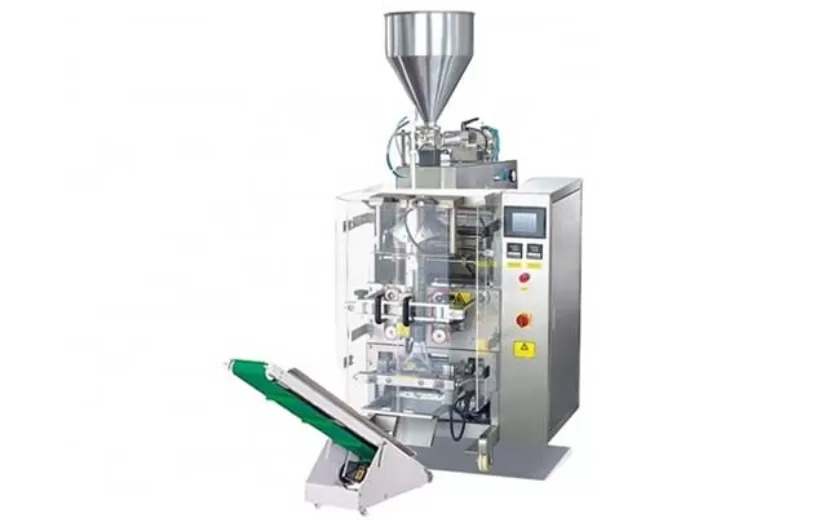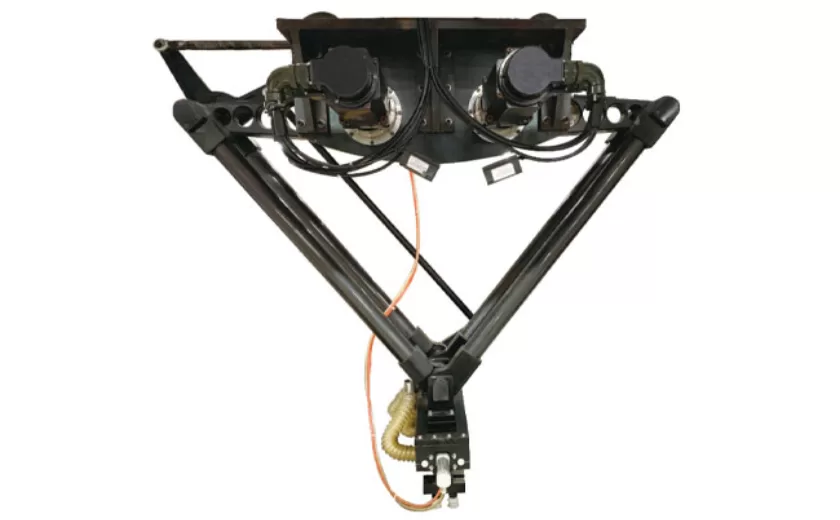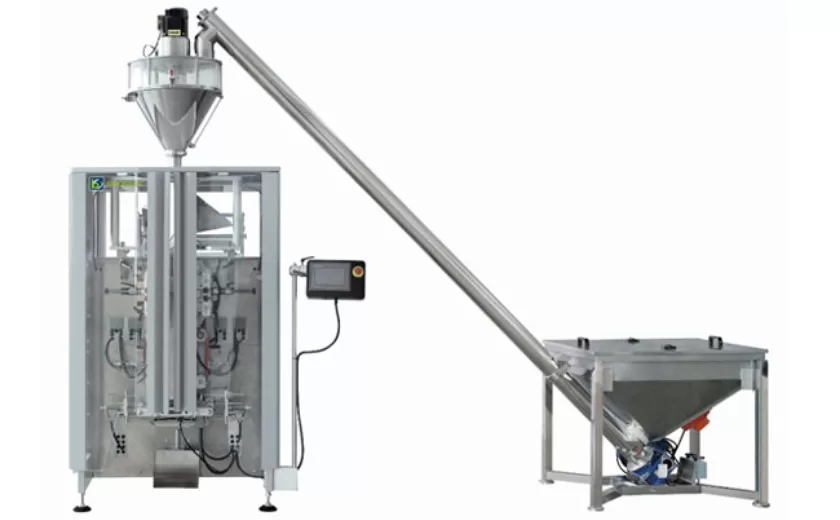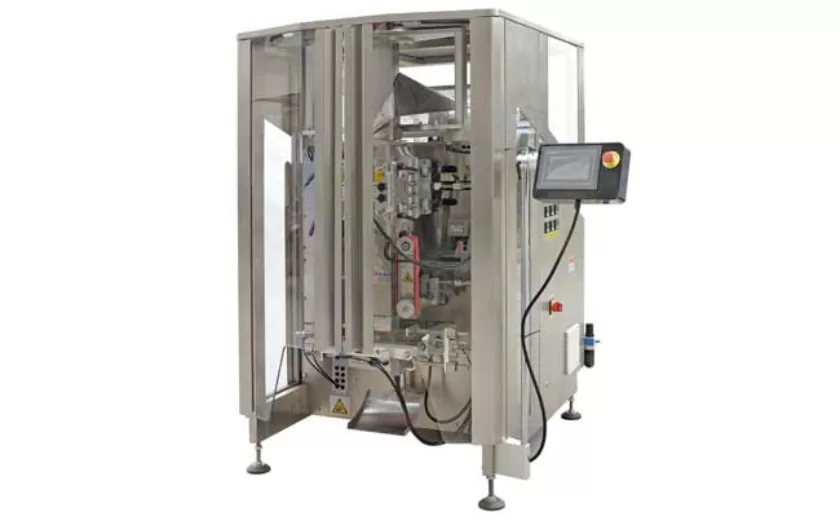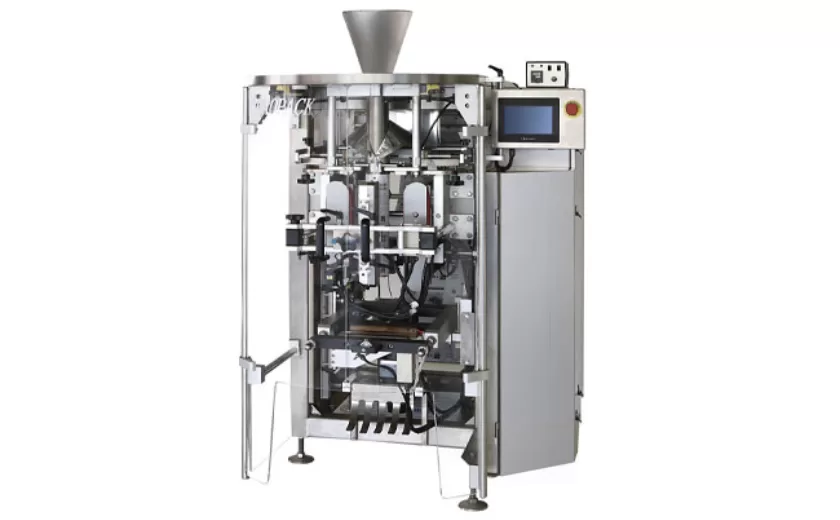The Science Behind Efficient Shampoo Filling Processes
Introduction
The shampoo filling process is a critical step in the production of this essential personal care product. Ensuring that the filling process is efficient and effective is paramount to maximize productivity and minimize waste. This article explores the scientific principles and best practices behind efficient shampoo filling processes, providing insights into the key factors that contribute to a seamless operation.
Fluid Properties and Behavior
The physical properties of shampoo, such as its viscosity, density, and surface tension, play a significant role in the filling process. Understanding these properties allows for the optimization of equipment and process parameters. For instance, higher viscosity shampoos require specialized filling nozzles to ensure smooth flow and prevent dripping.
Equipment Selection and Configuration
The selection and configuration of filling equipment is crucial for efficiency. Factors to consider include the filling speed, accuracy, and consistency. Volumetric piston fillers and gravity fillers are commonly used for shampoo filling, each with its own advantages and disadvantages. Proper equipment maintenance and calibration are also essential to ensure precise filling operations.
Container Design and Compatibility
The shape and design of the shampoo container can impact the filling process. Cylindrical or square containers with wide openings facilitate easier filling than oddly shaped or narrow-necked containers. The container material should also be compatible with the shampoo’s chemical composition to prevent reactions or degradation.
Process Optimization
Optimizing the filling process involves fine-tuning various parameters such as filling speed, nozzle height and orientation, and back pressure. By carefully adjusting these parameters, manufacturers can minimize overfilling, spillage, and air entrapment within the container. Advanced filling technologies, such as positive displacement or overflow filling, can further enhance accuracy and efficiency.
Quality Control and Inspection
Rigorous quality control measures are necessary to ensure the accuracy and consistency of the filled shampoo. This includes monitoring filling volumes, inspecting containers for defects, and testing the integrity of the seals. Automatic filling machines often incorporate inline inspection systems to detect and reject non-conforming containers.
Automation and Integration
Automating the shampoo filling process can significantly increase efficiency and reduce labor costs. Automated filling lines typically consist of a series of interconnected machines that perform tasks such as container handling, filling, capping, and labeling. Seamless integration between these machines ensures a continuous and optimized flow of production.
The science behind efficient shampoo filling processes involves understanding fluid properties, selecting appropriate equipment, optimizing process parameters, and implementing quality control measures. By applying these principles, manufacturers can achieve high levels of productivity, minimize waste, and ensure the consistent quality of their products. Continuous innovation and technological advancements will continue to drive improvements in shampoo filling processes, optimizing the overall production efficiency.
-
Advanced Packing Solutions: Snacks, Sugar, and Frozen Food Machines
29-10-2025 -
Efficient and Reliable Solutions for Salt, Nuts, and Frozen Dumplings Packing
29-10-2025 -
High-Performance Biscuits, Lollipop, and Ketchup Packing Machines for Modern Food Production
29-10-2025 -
Efficient Liquid Filling and Packing Machines for Modern Production
23-10-2025 -
Reliable Granule Packaging Machines for Efficient Production
23-10-2025 -
Efficient Auger Powder Filling Machines for Accurate Packaging
23-10-2025 -
High-Performance Liquid Filling and Packing Machines for Hygienic Production
10-10-2025 -
High-Efficiency Granule Packaging Machines for Precision and Speed
10-10-2025 -
High-Precision Auger Type Powder Filling Machines for Efficient Packaging
10-10-2025 -
Efficient Vertical Form Fill Seal Packaging Machines for Smart Production
10-10-2025





